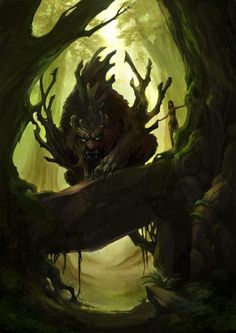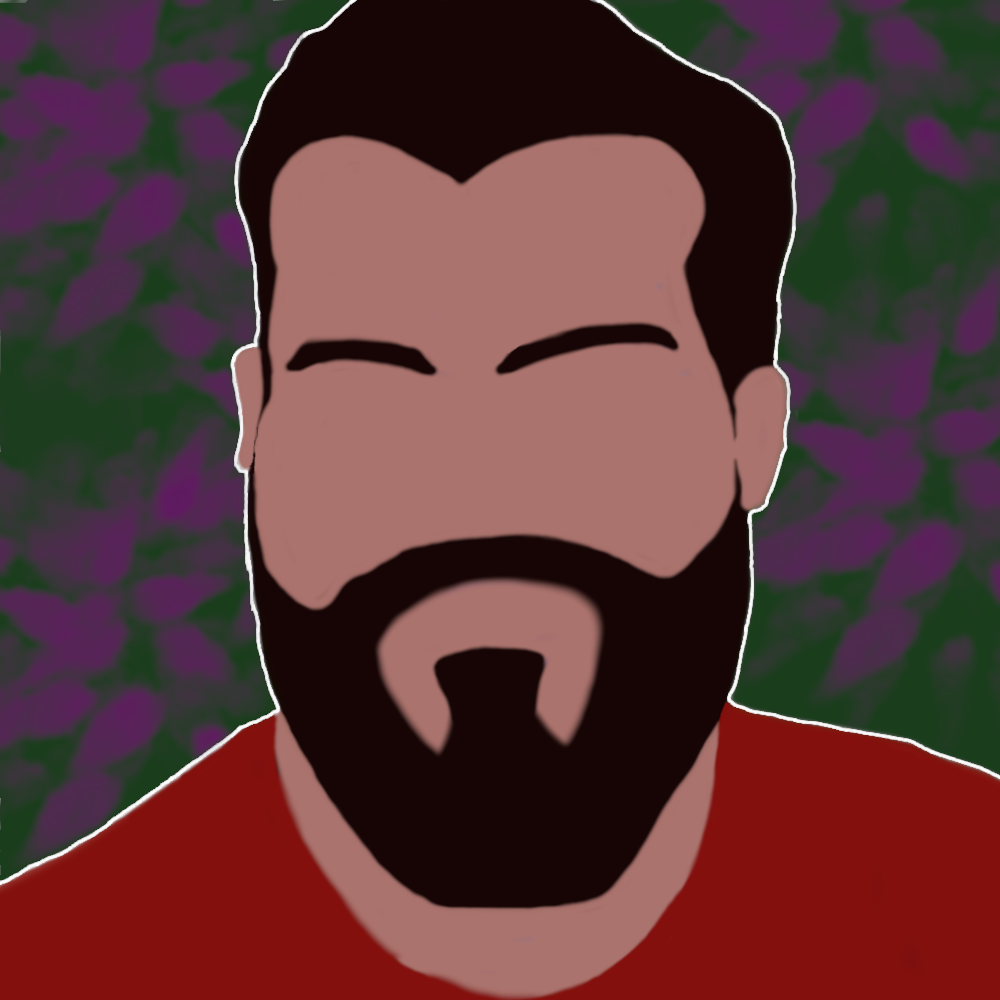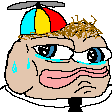Breant
Image Credit: Sandara on Deviantart
"Deep in those woods, we found a singular clearing, trees forming something in between a square and a circle around the sunlight opening. Right in the middle sat a singular pile of wood. Did a lumberjack forget it there? Was that marking some kind of buried body? My team mate shook as they pointed towards a snake approaching the pile of wood, those same giant snakes we had been chased around by before. I readied my blade, but the snake went into the pile of wood instead. The pile of wood moved, and raised it's tiger-like face at us as their stomach closed in on itself.
Needless to say, the snake never came out."
Basic Information
Breants are a quadruped species primarily recognizable for their beastly appearance despite their bark-like body. While they do appear bulky, the majority of their body is hollow, in particular their torso. Their limbs, on the other hand, are still heavy as tree trunks, being mainly composed of materials similar to tree bark tied with vines for muscle tendons. Because of their composition the manner in which their body "branches out" is pretty random, but a few similar features shared by them are the sharp teeth and claws, and a mane around their neck. They possess an open circulatory system and exposed "stomachs", this is, the space between their ribs is entirely empty and even the ribs themselves are spaced out, allowing their prey to crawl right inside it.
There are few witnesses to breant reproduction, as universally captive breants never reproduce and in the wild they tend to live alone and sleep most of the time. It is believed that breants eat another upon finding their corpse, and the material forming the other's body forms a ball similar to a belly expanding during pregnancy. After some time, new breants are born using the material from the corpse. The process tends to be fatal to most breants, as the "pregnancy" blocks the breant's "stomach", thus causing them to have to rely on similar nutrition to plants and starve for weeks while the newborns develop.
Breants are mostly found deeper in the woods of the Shivehrowl kingdom. They tend to inhabit heavily forested areas with decent humidity, where their typical diet can be found.
A breant's natural diet consists mostly of water drained from nearby plants or the soil, as well as reptilian species living deeper in the woods. Snakes in particular tend to form 60-80% of their diet. A breant lays on the ground and sleeps there, using their body heat and plant-like appearance to form a kind of "dome" that is attractive to cold-blooded creatures. Anything small enough that attempts to enter this dome is then captured by the breant's body. Trapped directly in the breant's "stomach" they are digested alive. A single mid-sized snake can quell a breant's hunger for about two weeks.
Breants are also able to feed themselves from roots attached to their bodies, however, this is not sustainable and seldom remotely sufficient for a breant's needs.
Breants tend to remain in hibernation most of the year, lacking any real need for developing muscle mass or hunt in their usual habitat. Every few years, typically decades, a breant will move to a new location to rid themselves of any roots or fungi that might have grown on them, however most of the time something sufficiently disturbing like a large scale Earthquake or being attacked is needed for them to attempt a migration.
Additional Information
They are mostly found on the deeper woods of the Shivehrowl kingdom, namely the Urium forest.
Breants have an omnidirectional sense of smell, being highly sensitive to all kinds of scents through their bark-like skin. While they possess eyes, they do not actually have a sense of sight, instead relying on a capability to sense heat, particularly useful for adjusting their own body heat. Lastly, they possess a degree of a sense of touch, somewhat numbed however due to their sheer sturdiness.
Various fungi species develop parasitic relationships with older breants who no longer have the capacity to repel them or the energy to move away to shake them off.
Origin/Ancestry
Believed to be related to ents
Lifespan
About 2 centuries
Average Weight
~ 670 KG on adulthood
Average Length
Aprox. 3.4 meters long
Body Tint, Colouring and Marking
Breants have colors that help them camouflage into the forest.














Great Idea. it's nice and concise, there's no distracting information. So, are there any savannah cousins of this thing? what's their opinion of woodlice, termites and other wood eating critters? is there a bird they employ as cleaners.. like a specialized woodpecker?
Hello there, and let me start by thanking you for your comment! Regarding your questions: 1) There is no savannah equivalent. The reasons for this is that due to the mechanics of how Euphorium operates, namely the mechanics of how specie's development operates (very briefly magical "mutations" tend to be a major prompter of change, which I will get into more detail when I make an article on primal magic), as well as the reduced amount of savannah existing in that world, breants as a species exist pretty much solely in deep woods. 2)Depending on the size of the wood critter, they would either repel the critter (say a woodpecker would probably be something they would fight back against) or it would be the equivalent of having a very serious illness. I hadn't considered termites and such before (thanks for bringing them up!) but given breants can alter their own body temperature, I would expect some pretty intense fevers in response to the lice and termites, in an attempt to kill them off. 3)No cleaners. Breants are solitary creatures that will happily let get themselves covered in anything that doesn't try to feed off of them (or otherwise harm them), so they are sensitive to those things that do disturb their slumber.